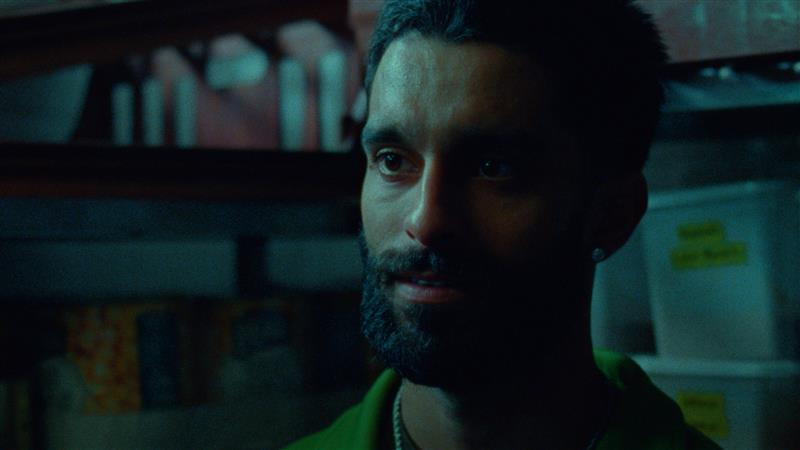Home / Arts and Entertainment / Magid / Zafar: A Captivating Exploration of South Asian Masculinity
Magid / Zafar: A Captivating Exploration of South Asian Masculinity
9 Oct
Summary
- Short film Magid / Zafar world premiered at BFI London Film Festival
- Film explores themes of South Asian masculinity and diverging futures
- Director Luís Hindman used music and one-take scenes to create a unique experience

Last month, the short film Magid / Zafar, directed by Luís Hindman, world premiered at the 69th edition of the BFI London Film Festival. The film, co-written by Hindman and Sufiyaan Salam, follows two childhood friends as they confront their diverging futures amidst the heat and chaos of a British-Pakistani takeaway.
Hindman, who is half South Asian, was drawn to exploring themes of South Asian masculinity in the film. He and his co-writer were interested in the character of Majid, a brash British "bad boy" who initially presents one way but is later revealed to be more complex. The use of music, ranging from contemporary Asian hip-hop to traditional qawwali Pakistani music, played a crucial role in shaping the film's rhythm and momentum.
Notably, the final three minutes of the film were shot in a single, unbroken take, with the actors figuring out the scene in real-time. Hindman wanted to preserve the uncertainties and natural flow of the moment, rather than over-rehearsing it. This approach resulted in a memorable, authentic final sequence that leaves a lasting impression on the viewer.




